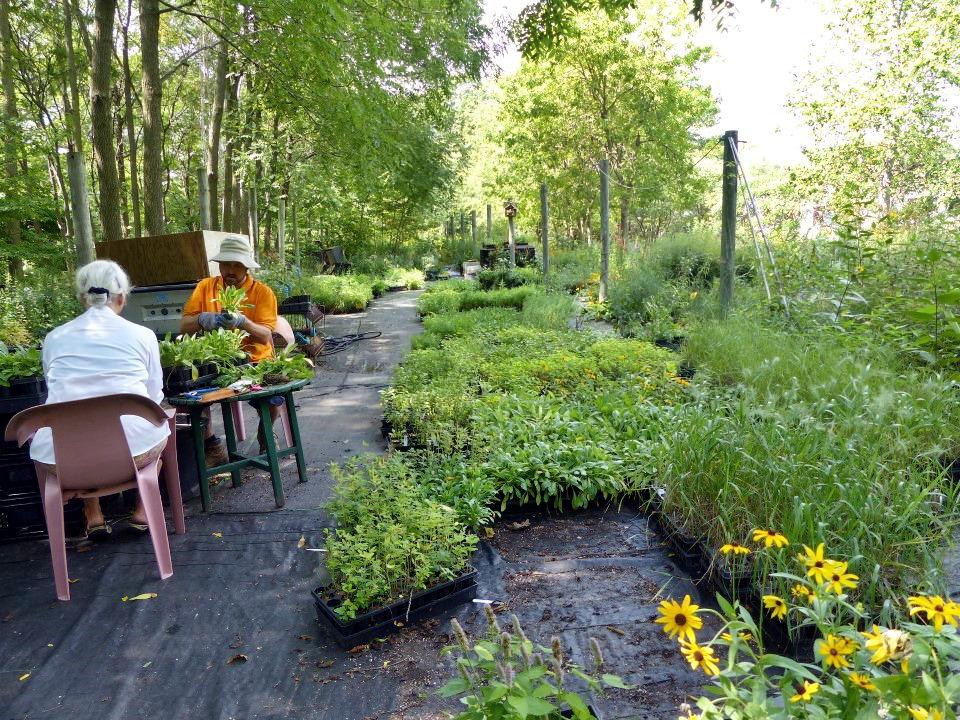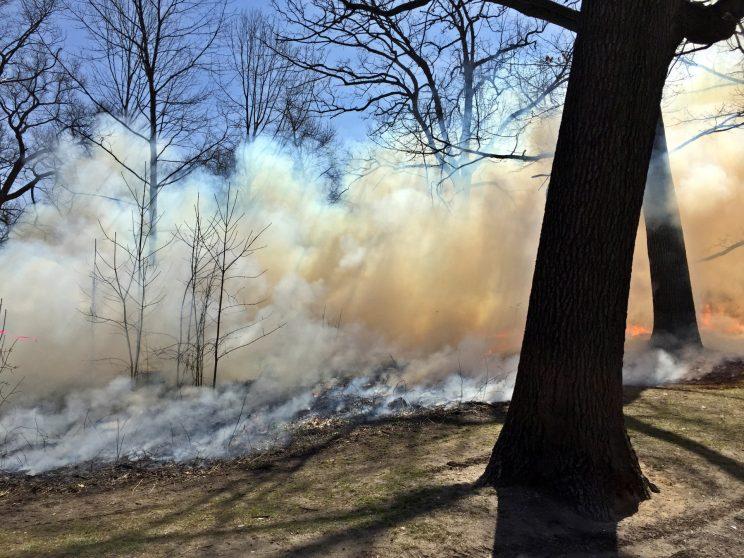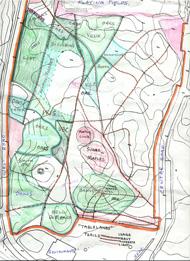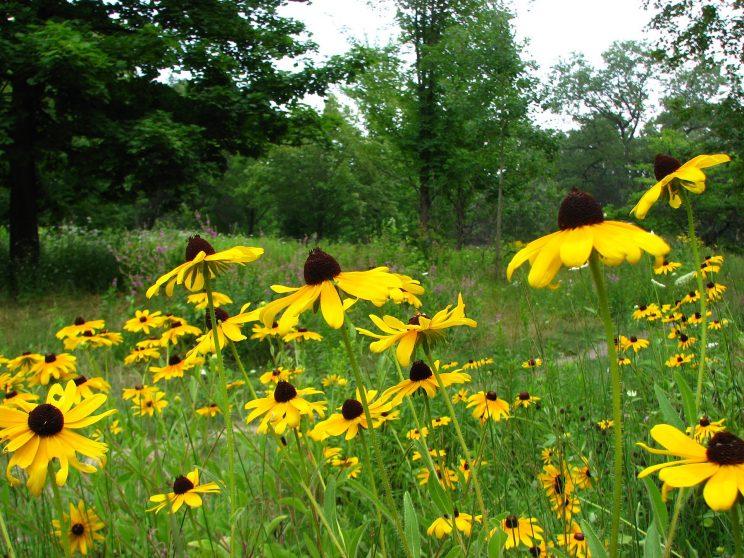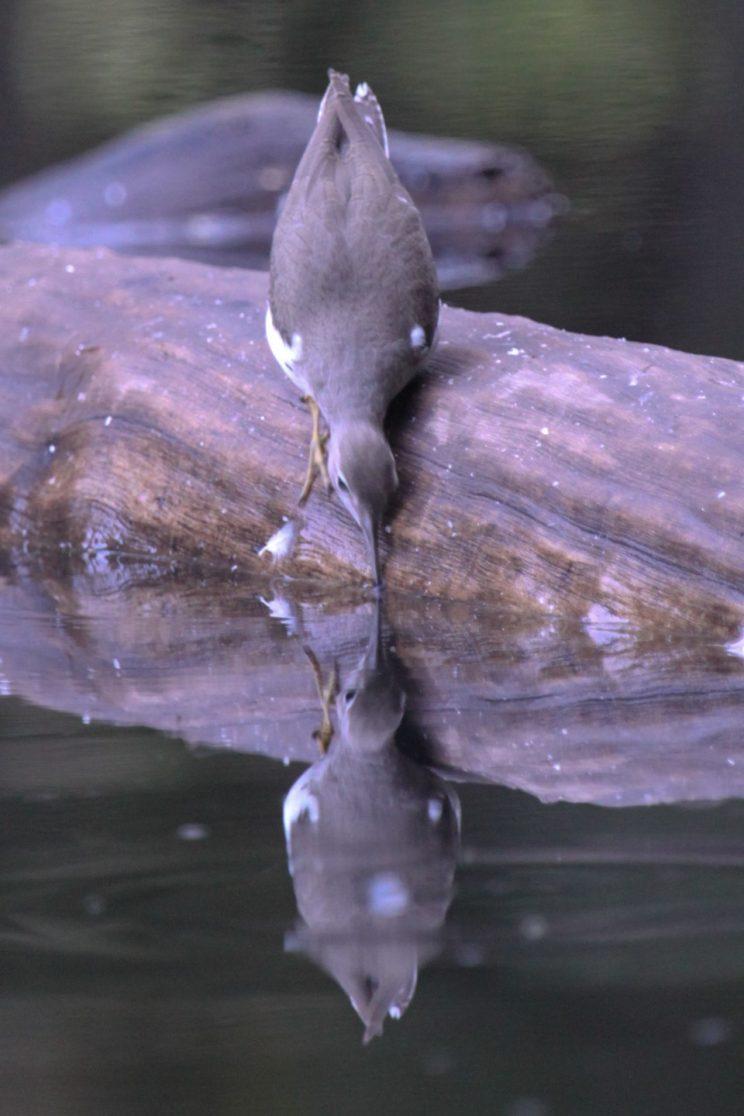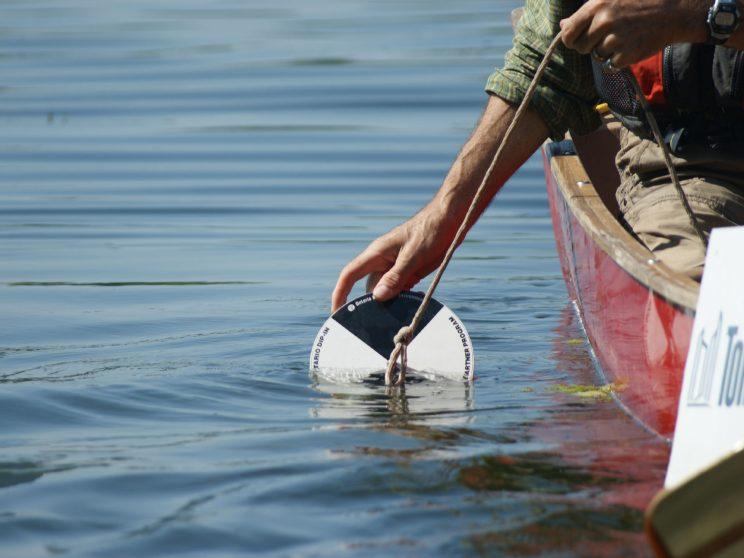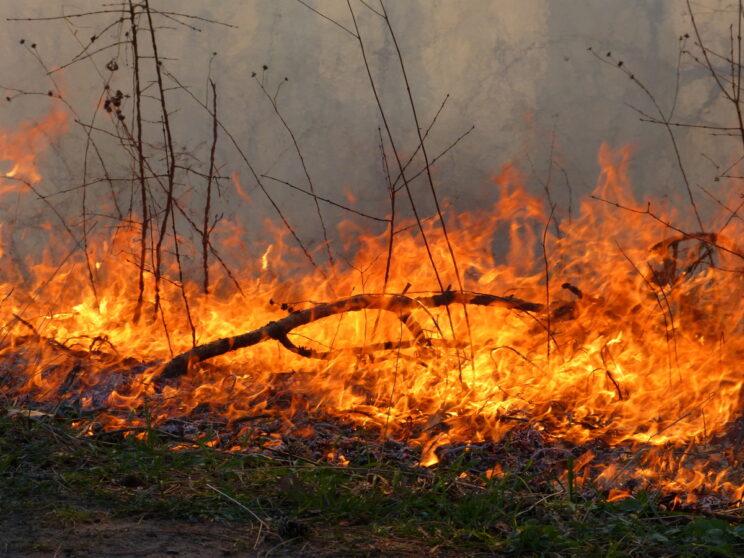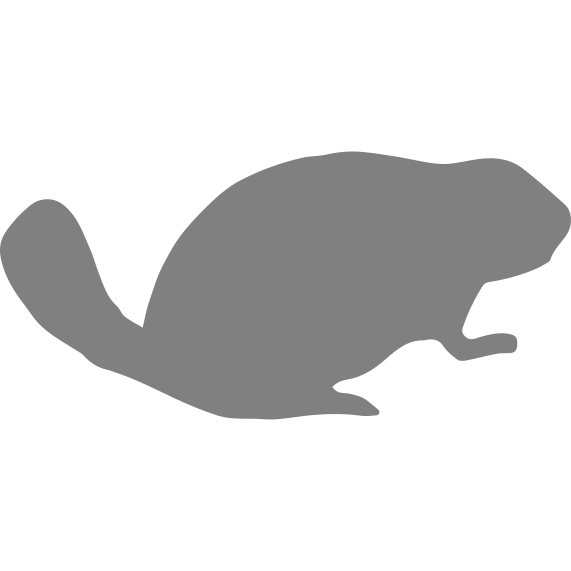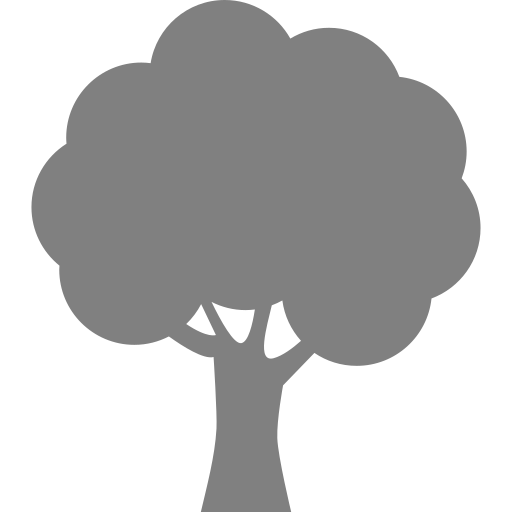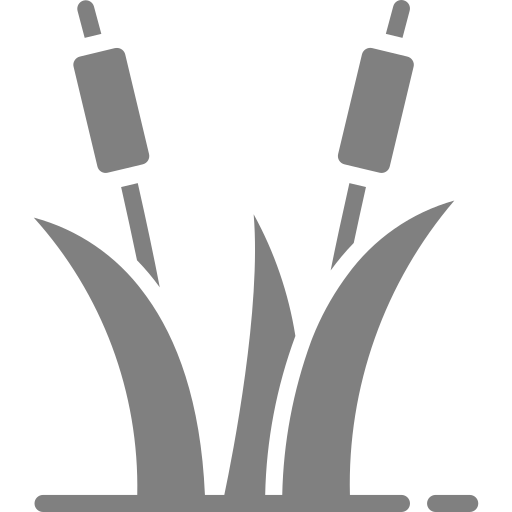updated by Jaclyn Scobie
Native plants are those which are part of the local vegetative community. As such, they have evolved interdependently, with methods of survival specific to local growing conditions.
The restoration of High Park supports the spread of native plants, using both plantings and natural regeneration.
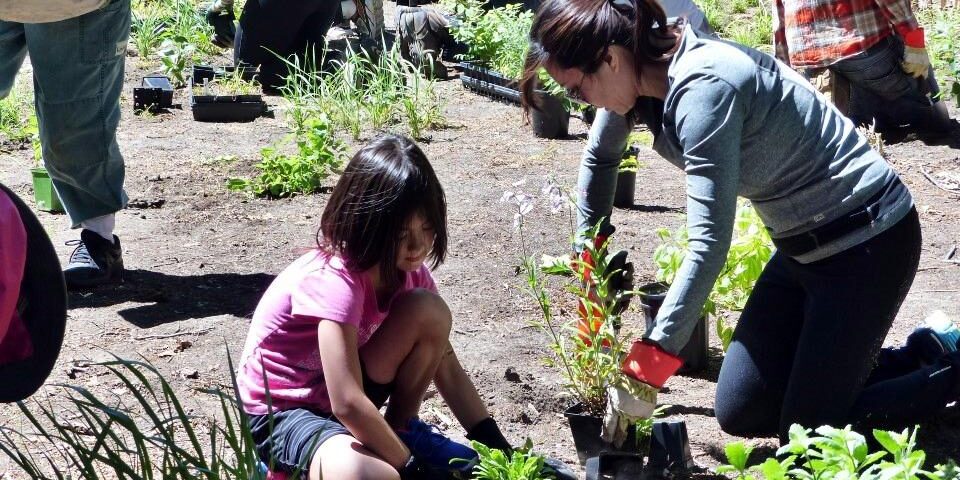
Plantings of Native Species
Plantings increase the size of existing natural areas, improve connections between habitat fragments, establish new natural areas, and regenerate closed trails. Native species are also planted in areas that have been cleared of non-native invasive species to prevent invasive species from re-establishing in the area and to aid in the recovery toward a healthy ecosystem.
The High Park Nursery provides many of the native plants that are planted within High Park. This stock is replenished by Urban Forestry staff and designated volunteers who go out into High Park in designated areas to collect specific savannah species in the fall. Some native species that are collected include Big Bluestem, Woodland Sunflower, Cylindrical Blazing Star, Pennsylvania Sedge and New Jersey Tea. These seeds come full circle once they have propagated at the nursery to an age where they can be successfully transplanted back into its natural High Park environment. If a required species of seed cannot be collected within High Park, then seeds are collected from areas close to High Park that have similar climatic and environmental influences.
For a number of years, both the High Park Stewards and High Park Nature Centre have been restoring large areas of the park with school groups and community members.
Plantings are designed to mimic the vegetation patterns found in nature: for example, planting in scattered groups, interspersing clumps of grasses with flowers and shrubs, and combining species that naturally occur together. Care is taken to ensure that species are planted where they would normally be found in nature, considering factors such as sunlight requirements, soil conditions and the location on uplands or ravine slopes. Prescribed burns helps to promote and maintain a savannah ecosystem and its indicative species.
Oak Regeneration
The encouragement of oak regeneration is one of the key goals outlined in the High Park Management Plan as they are a key species in this remnant savannah ecosystem. Due to past management objectives in High Park, natural oak regeneration had been suppressed for many years. By the 1990s the mature oak trees were aging and saplings had not yet developed enough to fill their place.
As a result, oak, especially black oak, regeneration has become one of the restoration foci in High Park. Black oaks have evolved within and adapted to fire-dependent ecosystems – like the savannah – and are generally resistant to fire.
Younger oaks are more sensitive to fire until they can develop a deep taproot system. When oak saplings are exposed to fire, the top portion of the tree is burned off, invigorating the root to re-sprout and send out larger new growth. If oak seedlings have not had enough time to develop these deep taproots, frequent fires may damage and potentially kill the tree all together. Adult trees also develop a thick bark that can withstand natural burning.
Combined with many years of drought, fire suppression, and a number of insect infestations, black oak populations in southern Ontario have been in decline. In fall of 2006, many of the oaks in High Park produced large numbers of acorns – quantities which hadn’t been seen since 2002. As a result, in the 2007 season, large numbers of naturally regenerating oak seedlings were observed in an area of approximately 25 ha.
Planting and prescribed burn programs in High Park have shown an increase in the area of regeneration of young oaks. Since 2008, the area of observed young oaks has increased an additional 16 ha to cover approximately 41 ha within High Park.
To encourage the health and growth of both planted seedlings and naturally regenerating oaks in High Park, areas of oak regeneration will continue to rotate being burned in the future. The period of rotation will allow new seedlings time to become established before being burned again.
Sources
- Forestry notice April 2008
- High Park "Jewel" brochure rev.2008
- Urban Forestry monitoring

